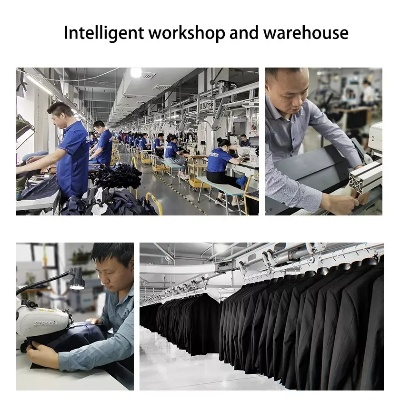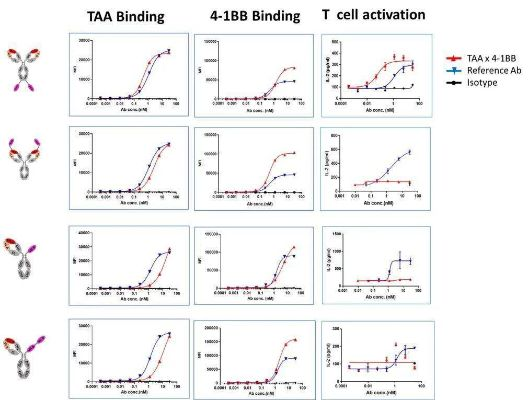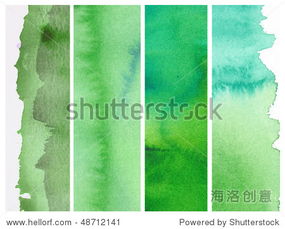Classification of Textiles Based on Their Materials and Uses
Textile materials and their uses are classified based on the type of fiber used in the fabric. The classification is based on the properties of the fiber, such as its strength, durability, elasticity, and absorbency. Textiles can be categorized into several types based on the use for which they are intended. These categories include clothing, upholstery, home furnishings, industrial textiles, and technical textiles. Clothing textiles are designed to provide warmth and protection against the elements, while upholstery textiles are used for creating comfortable seating and decorative items. Home furnishings textiles are used for creating soft furnishings, while industrial textiles are used for creating durable and functional products. Technical textiles are used for creating specialized applications such as medical equipment and protective clothing.
Introduction to Textiles Textiles are an essential part of our daily lives, from clothing to furnishings. They come in a wide variety of materials and have different purposes, making them a fascinating subject for discussion. In this article, we will explore the different types of textiles based on their materials and uses.
Types of Textiles There are three main categories of textiles: natural fibers, synthetic fibers, and blended fibers.

Natural Fibers Natural fibers are derived from plants, animals, or minerals and include cotton, linen, wool, silk, and hemp. These fibers are soft, breathable, and often have natural colors and patterns. Examples of natural fibers include:
| Natural Fiber | Description |
|---|---|
| Cotton | Produced from the seeds of cotton plants, known for its softness and absorbency. |
| Linen | Derived from flax plants, known for its durability and breathability. |
| Silk | Produced from the cocoons of silkworms, known for its luxurious texture and high-quality finish. |
| Hemp | Derived from the seeds of the cannabis plant, known for its strength and resistance to pests. |
Synthetic Fibers Synthetic fibers are man-made and are created by combining chemicals to create new fibers. These fibers are strong, durable, and can be made in a wide range of colors and patterns. Examples of synthetic fibers include:
| Synthetic Fiber | Description |
|---|---|
| Polyester | Produced from petrochemicals, known for its durability and ability to hold dye well. |
| Nylon | Produced from petrochemicals, known for its strength and elasticity. |
| Acrylic | Produced from petrochemicals, known for its moisture-wicking properties. |
| Polypropylene | Produced from petrochemicals, known for its strength and durability. |
Blended Fibers Blended fibers combine two or more different types of fibers to create unique properties and characteristics. Examples of blended fibers include:
| Blended Fiber | Description |
|---|---|
| Tencel | A blend of wood pulp with microorganisms, known for its softness and breathability. |
| Lyocell | A blend of wood pulp with microorganisms, known for its strength and resistance to shrinkage. |
| Merino Wool | A blend of wool and cashmere, known for its softness and warmth. |
Classification of Textiles Based on Their Uses Textiles can also be classified based on their uses, such as clothing, upholstery, and outdoor fabrics.
-
Clothing Clothing is one of the most common uses of textiles. It includes everything from everyday wear like shirts and pants to formal wear like suits and dresses. Clothing is made from various types of fibers, including cotton, polyester, and wool. The type of clothing depends on the purpose and occasion. For example, a sports jersey may be made from polyester to provide comfort and moisture-wicking properties, while a formal dress may be made from silk or chiffon to give it a luxurious feel.
-
Upholstery Upholstery refers to the use of textiles for furniture coverings. It includes everything from chairs and sofas to beds and tables. Upholstery is made from various types of fibers, including leather, velvet, and suede. The type of upholstery depends on the material used and the desired look. For example, a leather chair may be made from genuine cowhide leather, while an upholstered bed may be made from a combination of synthetic fibers for durability and comfort.
-
Outdoor Fabrics Outdoor fabrics refer to textiles that are designed to withstand harsh weather conditions. They include everything from tents and tarps to beach towels and beach mats. Outdoor fabrics are made from various types of fibers, including polypropylene, nylon, and polyester. The type of outdoor fabric depends on the intended use and the environment in which it will be used. For example, a raincoat may be made from waterproof polyester to keep you dry during a storm, while a beach mat may be made from recycled materials to reduce waste.
Conclusion Textiles come in many different forms and have diverse uses. By understanding the classification of textiles based on their materials and uses, we can better appreciate the beauty and importance of these versatile materials in our lives. Whether we are looking for comfortable clothing, luxurious upholstery, or durable outdoor fabrics, textiles have a place in every aspect of our lives.
根据不同纺织品,我们可以将其分为以下几类:
天然纤维类
棉花类
天然纤维中的棉花是一种广泛使用的纺织材料,棉花织物柔软、透气性好,适用于各种衣物和家居用品。
案例说明:市场上常见的棉花衣物包括棉T恤、棉长裤等。
羊毛类
羊毛是一种天然的动物纤维,具有柔软、保暖、抗皱等特点,羊毛织物常用于制作毛衣、羊毛大衣等。
案例说明:羊毛毛衣在冬季保暖效果显著,深受消费者喜爱。
合成纤维类
涤纶类
涤纶是一种合成纤维,具有高强度、高耐磨、易清洗等优点,涤纶织物广泛应用于各种衣物和工业制品。
案例说明:涤纶面料制成的衣物轻盈、耐用,适合制作衬衫、西装等。
丝绸类
丝绸是一种天然的合成纤维,具有柔软、光滑、透气的特点,丝绸织物常用于制作高档服装和家居用品。
案例说明:丝绸面料制成的衣物优雅、高贵,适合高端市场。
其他类型纺织品
麻类纺织品
麻是一种天然的纺织纤维,具有吸湿性好、透气性强等特点,麻类纺织品常用于制作夏季衣物和家居用品。
案例说明:麻质凉席、麻布床单等。
功能性纺织品
功能性纺织品是指具有特殊功能或用途的纺织品,如防静电、抗菌、吸湿排汗等,这些纺织品广泛应用于医疗、运动、户外等领域。
根据不同的纺织品类型,我们可以将其分为多种类别,以满足不同消费者的需求,在纺织品市场中,不同类型的产品具有不同的特点和适用场景,消费者可以根据自己的需求选择合适的纺织品,随着科技的发展和人们对纺织品品质的要求不断提高,不同类型的纺织品也在不断发展和创新,为消费者提供了更多的选择。
Articles related to the knowledge points of this article:
A Comprehensive Guide to the Price Range of Home Textiles in Jingan District
A Risk-Based Analysis of Textile Factories
Exploring the丽江纺织品商城,一览其丰富多彩与独特魅力
The Nature of Textiles:An Introduction to Their Classification and Application
The Fabric of Culture:An Exploration into the World of Mian Tong Textiles



